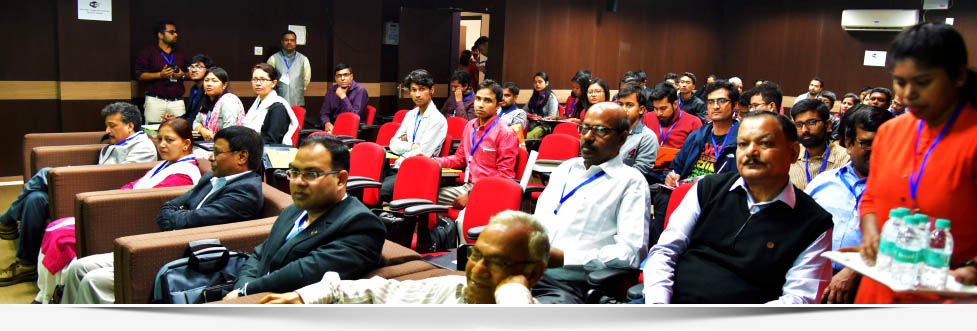CPP-IPR Inter-Laboratory Seminars 15:
Title: A presentation on the research program
proposed by CIMPLE-PSI laboratory for the next three years,
which constitutes a part of the CPP-IPR sub-project submitted to DAE for funding
Speaker: Dr. Mayur Kakati
Date, time and venue: 04/02/2020, Time: 3.00 pm, CPPIPR Conference Hall
ABSTRACT:
Under the CPP-IPR subproject, submitted to DAE for funding for the next three years, the proposal from CIMPLE-PSI laboratory is included with the following
title head: “Studies on controlled plasma fusion relevant plasma surface interaction in CIMPLE-PSI and bulk synthesis of nanomaterials for water treatment”. I will start this talk, with an
introduction to the field of plasma surface/material interaction (PSI) relevant for controlled plasma fusion research, present a brief review on the work done in this direction by this laboratory
, including establishment of the CIMPLE-PSI facility and its outstanding capability in reproducing ITER divertor like extreme plasma conditions. Proposed plasma exposure experiments will be
described in terms of some possible plasma facing materials, including tungsten, reduced activation ferritic martensitic steel, and some special alloys. We will also discuss studies on
plasma-assisted synthesis of nanomaterials in the CIMPLE-PSI laboratory and highlight some important results from previous experiments. The proposed experiments in this direction for the next
three years include bulk synthesis of zero and one dimensional, highly porous, tungsten oxide and some exotic nanocomposites, for water treatment. I will also present a glimpse of the total
budget and list of the major instruments requested under the proposal.
CPP-IPR Inter-Laboratory Seminars 14:
Title: Mechanical Design and Application of CATIA in CPP-IPR perspective
Speaker: Amarendra Baishya
Date, time and venue: 24/11/2017, Time: 3.00 pm, CPPIPR Conference Hall
ABSTRACT:
The term Design is very common in our day to day life. Everyone of us understands it in various ways. Mechanical Design is the process of devising a system,
component, or process to meet desired needs. It is a decision-making process (often iterative), in which the basic science and mathematics and engineering sciences are applied to
convert resources optimally to meet a stated objective. CATIA is a tool to model the design concept so as to visualise the proposed system, component in its actual way. Once the
Design is final, the parts of the system can be represented as drawings for fabrication, manufacturing. The same has been applied in designing various Plasma Experimental system
in CPP-IPR.

